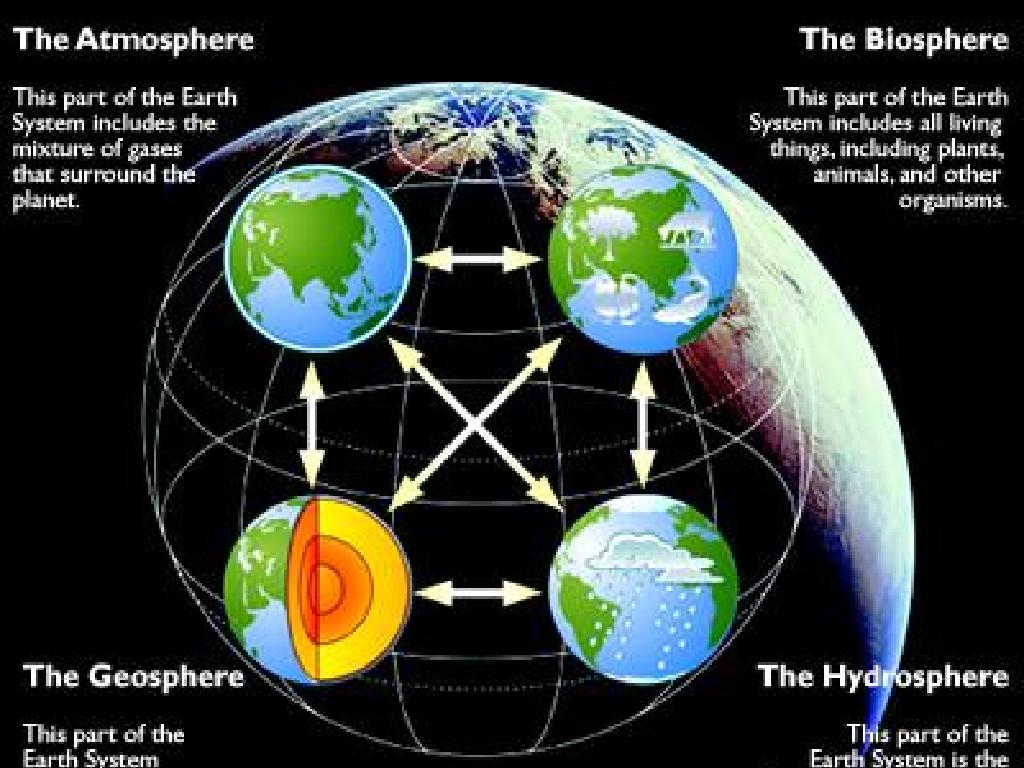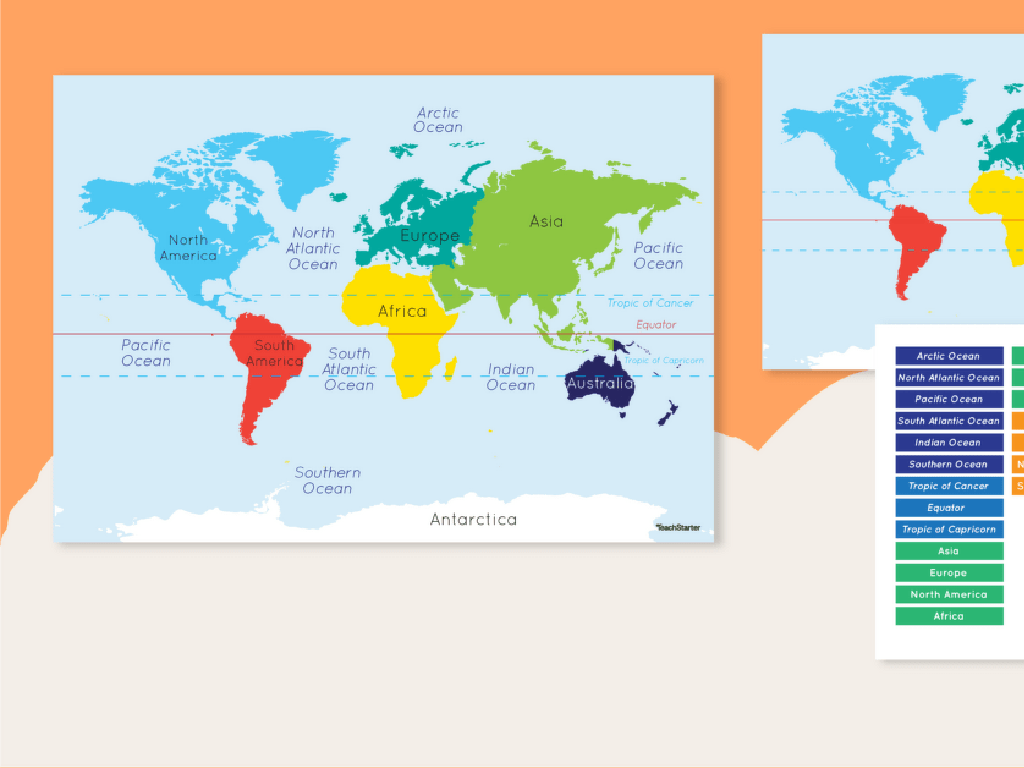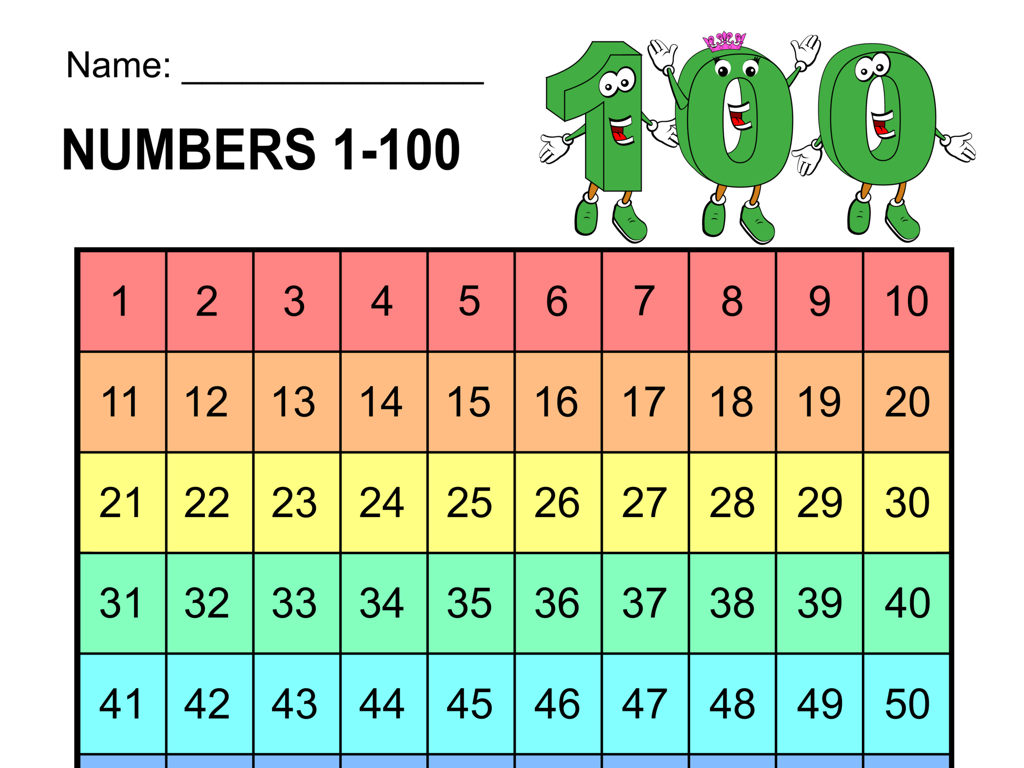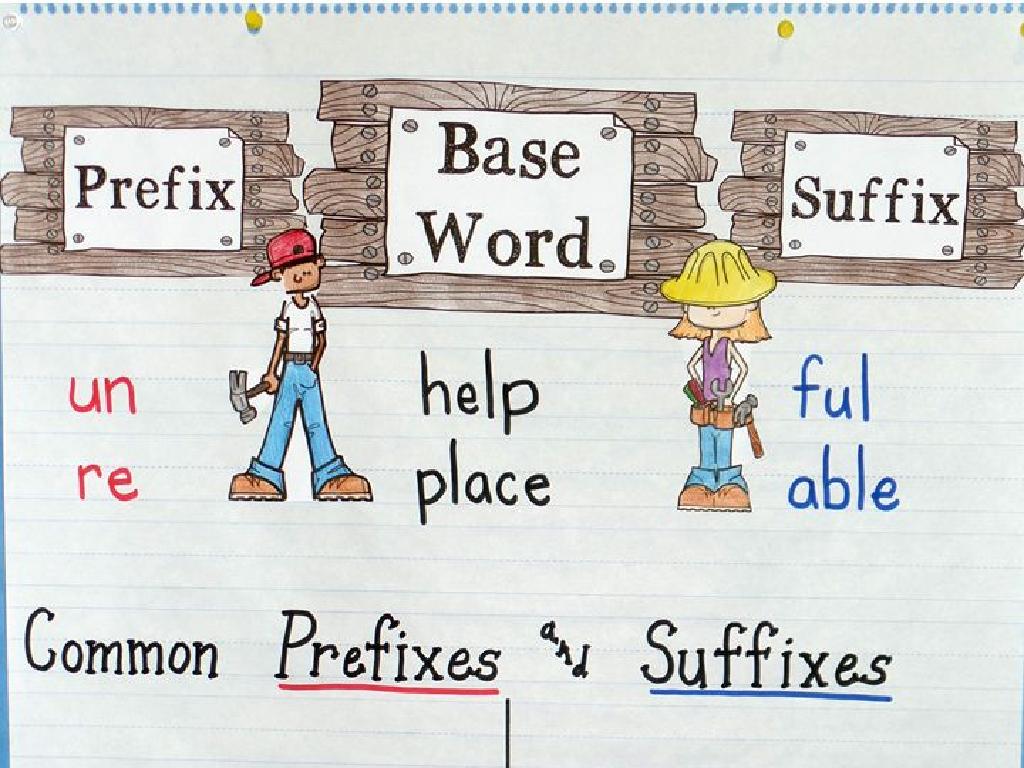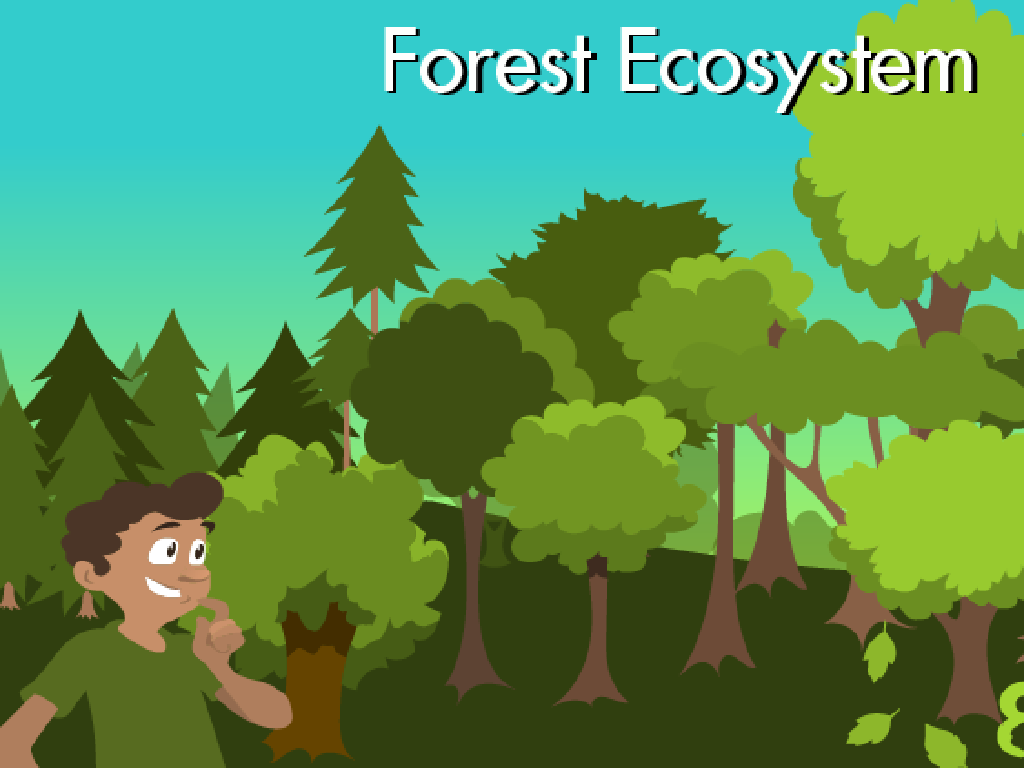Open And Closed Shapes
Subject: Math
Grade: First grade
Topic: Two-Dimensional Shapes
Please LOG IN to download the presentation. Access is available to registered users only.
View More Content
Welcome to Shapes: Open and Closed
– Greet the class with enthusiasm
– Today’s topic: 2D shapes
– Shapes that are flat, like paper
– Exploring open shapes
– Shapes that don’t connect all ends
– Discovering closed shapes
– Shapes where all ends meet
|
Begin the class with a warm and energetic greeting to capture the students’ attention. Introduce the concept of two-dimensional shapes by comparing them to flat objects they are familiar with, like the surface of a piece of paper. Explain open shapes as those with lines that do not connect at every end, resembling an incomplete drawing. In contrast, closed shapes have all their ends connected, forming a complete, enclosed figure. Use simple examples like an open curve versus a triangle to illustrate the difference. Encourage the students to look around the classroom for real-life examples of open and closed shapes.
Exploring Shapes Around Us
– Shapes are everywhere
– Look around, can you spot any shapes?
– Shapes have sides and sizes
– Count the sides of a shape you find
– Shapes can be flat or solid
– Flat shapes are 2D, like paper. Solid shapes are 3D, like a box
– Learning about 2D and 3D shapes
|
This slide introduces the concept of shapes to first graders, emphasizing that shapes are a fundamental part of their environment. It’s important to explain that shapes can vary in the number of sides they have and their size. Highlight the difference between flat shapes (2D) and solid shapes (3D), using everyday objects as examples. For instance, a piece of paper can represent a 2D shape, while a cereal box can represent a 3D shape. Encourage the students to interact with their surroundings by identifying and counting the sides of various shapes they encounter in the classroom or at home.
Exploring Closed Shapes
– Closed shapes are connected
– All sides meet with no gaps; like a circle or a square
– They have no openings
– Examples include basic shapes
– Circle, square, triangle are all closed shapes
– Recognizing closed shapes
– Can you spot a closed shape in the classroom?
|
This slide introduces first graders to the concept of closed shapes, which are two-dimensional figures where all sides connect without any gaps. Emphasize that these shapes are all around us and can be found in everyday objects. Use simple, relatable examples like a window (square), a slice of pizza (triangle), or a clock (circle). Encourage students to look around their environment to find closed shapes, reinforcing their understanding of the concept. This activity will help them recognize and differentiate between open and closed shapes in a fun and interactive way.
Exploring Open Shapes
– Open shapes: sides don’t connect
– At least one gap in the shape
– Example: A simple line
– A line goes straight and doesn’t close
– Example: An arc
– An arc is part of a circle, but not a full one
|
This slide introduces first graders to the concept of open shapes, which are shapes that do not form a closed loop and have at least one ‘gap’. Emphasize that these shapes start at one point and end at another without connecting back to the start. Use a piece of string to demonstrate a line by stretching it between two points, and then shape it into an arc to show part of a circle. Encourage students to think of other examples of open shapes they may see in everyday life, such as the letter ‘U’ or a rainbow. This will help them understand that open shapes are all around us and are an important part of learning about geometry.
Let’s Find Shapes: Shape Hunt Activity
– Go on a shape hunt in class
– Find closed and open shapes
– Closed shapes have no openings
– Like a circle or a square
– Open shapes have at least one gap
– Like a line or an ‘S’
|
This activity is designed to help first graders recognize and differentiate between open and closed shapes in a fun and interactive way. Encourage the students to look around the classroom for real-life examples of both open and closed shapes. Closed shapes are shapes that are completely enclosed with no gaps, such as circles, triangles, and squares. Open shapes are shapes that have at least one gap, such as lines or arcs. Provide guidance on what constitutes a gap and ensure that students understand that closed shapes can be filled in or hollow, as long as all edges are connected. Prepare to assist students in identifying shapes and offer praise as they successfully find and categorize them. This hands-on activity not only reinforces the concept of open and closed shapes but also enhances their observational skills.
Drawing Shapes: Closed vs. Open
– Let’s draw closed shapes
– Closed shapes have no openings, like a circle or square
– Example: Drawing a square
– A square has 4 equal sides and 4 corners
– Now, try drawing open shapes
– Open shapes have ends that don’t meet, like lines
– Example: Drawing a curved line
– A curved line is like a part of a circle
|
This slide is designed to engage first-grade students in an interactive drawing activity to understand the concept of open and closed shapes. Begin by explaining that closed shapes are shapes where all the lines connect at the ends, and there are no gaps. Use a square as an example and show them how to draw it step by step. Then, introduce open shapes as shapes that have at least one end that doesn’t connect to another, using a curved line as an example. Encourage the students to draw along with you on their paper or whiteboards. After the activity, discuss the differences between the shapes they’ve drawn and ask them to identify more open and closed shapes in the classroom or at home.
Class Activity: Shape Creators
– Create shapes with strings
– Partner up for shape making
– Make both closed & open shapes
– Closed shapes have no openings, like a circle. Open shapes have ends that don’t meet, like a ‘C’
– Present your shapes to class
|
This activity is designed to help students understand the concept of open and closed shapes through a hands-on experience. Provide each pair of students with a length of string and have them lay out shapes on the floor. Encourage them to think creatively and discuss with their partner whether their shapes have all ends connected (closed) or not (open). After creating a variety of shapes, each pair will have the opportunity to present their shapes to the class, explaining why they are open or closed. This will reinforce their understanding and allow them to practice using mathematical language. Possible variations for different pairs could include creating shapes that resemble objects they know, combining shapes to make new ones, or even challenging them to transform an open shape into a closed one by adjusting the string.
Review: Open and Closed Shapes
– What’s a closed shape?
– A shape where all lines connect at the ends.
– Can you name a closed shape?
– Examples: square, triangle, circle.
– What’s an open shape?
– A shape where lines don’t connect to form an enclosed space.
– Can you name an open shape?
– Examples: line, arc, or a ‘C’ shape.
|
This slide is a quick review to reinforce the concepts of open and closed shapes. Start by asking students to define a closed shape and give examples, ensuring they understand that closed shapes have no openings and all sides are connected. Then, move on to open shapes, discussing how these shapes are not fully connected and have at least one ‘end’ that doesn’t meet another. Encourage students to look around the classroom for real-life examples of open and closed shapes to solidify their understanding. Praise their efforts in learning about these fundamental geometric concepts.
Goodbye and Great Work!
– Amazing job learning shapes today!
– Keep finding shapes everywhere
– Look at objects at home, can you find open and closed shapes?
– See you for more shape fun
– Remember, shapes are all around us!
– Shapes make up our world, from squares in windows to circles in clocks.
|
This slide is meant to conclude the lesson on open and closed shapes with a positive reinforcement for the students. It encourages them to continue observing and identifying shapes in their environment, reinforcing the day’s learning. Remind them to look for both open and closed shapes in everyday objects around them, like the frame of a picture (closed shape) or the arc of a rainbow (open shape). This will help solidify their understanding of the concepts. Prepare to engage the students in the next class with more interactive activities that will further their interest and knowledge in two-dimensional shapes.

